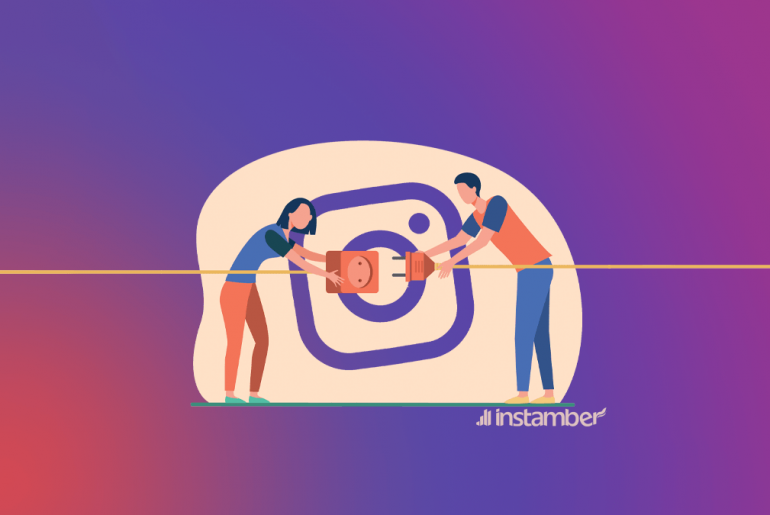With a wide network of professionals connecting across industries and building meaningful business connections, LinkedIn has long been regarded as the social networking platform of choice for professionals. However, users are becoming concerned about a peculiar phenomenon – the absence of a connect button on profiles.
Our goal here is to explore the explanations and impacts of this frustrating quirk and possible reasons for its absence. Let’s explore what’s behind LinkedIn’s missing connect button!
What’s the connect button, and why is it important?
Before we dive into the missing connect button, it’s crucial to understand its significance on LinkedIn. This button allows users to send connection requests, enabling professionals to expand their network, collaborate, and explore new opportunities. The virtual handshake initiates a professional relationship, bridging the gap between individuals across various industries, companies, and geographic locations.
The benefits of connecting people on LinkedIn
Connecting with people on LinkedIn offers numerous benefits for professional growth and advancement.
- It provides a powerful platform for expanding your professional network. Connecting with colleagues, industry peers, mentors, and potential employers creates valuable relationships that can lead to new opportunities, collaborations, and career advancements. These connections can provide insights, advice, and support in your professional journey.
- LinkedIn serves as a hub for accessing a wide range of opportunities. Whether you seek job openings, internships, or freelance projects, connecting with relevant professionals increases your chances of discovering suitable opportunities. Moreover, recruiters often use LinkedIn to find candidates, meaning expanding your network enhances your visibility and increases the likelihood of being considered for positions.
- LinkedIn offers a wealth of knowledge-sharing and learning opportunities. You gain access to valuable insights, trends, and industry news through connections with industry experts and thought leaders. Engaging in discussions, reading articles, and participating in groups expand your knowledge base and keep you updated on the latest developments in your field.
- connecting with others on LinkedIn contributes to brand building and visibility. Your LinkedIn profile acts as a professional showcase, highlighting your skills, experience, and achievements. Connecting with professionals in your industry increases your visibility and establishes your professional brand. This can lead to potential collaborations, partnerships, and even job referrals.
The missing connect button: a common complaint
Many LinkedIn users have expressed frustration over the missing connect button, which plagues certain profiles. The absence of this critical feature severely limits the ability to connect with individuals and build a robust professional network. Users often encounter profiles without a connect button, leaving them wondering about the rationale behind this omission.
Understanding the reasons
While LinkedIn hasn’t explicitly explained the missing connect button, several factors might contribute to its absence. Here are a few possible reasons:
- Privacy Settings: One plausible explanation could be that users have adjusted their privacy settings to restrict incoming connection requests. By opting for a more private approach, users may limit the number of connections they receive, making the connect button not visible on their profiles.
- Network Expansion Limitations: LinkedIn imposes certain limits on users’ network expansion efforts to prevent spamming or misuse of the platform. When a user reaches their connection limit, the connect button may disappear to discourage further outreach, encouraging more selective connection requests.
- Account Restrictions: In some cases, LinkedIn may temporarily restrict a user’s account due to suspicious activity or violation of its terms of service. During this period, the connect button may be disabled until the account is reinstated.
- Testing and Experimentation: As a platform that continuously evolves, LinkedIn might occasionally experiment with the user interface, including the placement and visibility of the connect button. These experiments could involve temporarily removing it from certain profiles to gauge user behavior and gather insights for potential design changes.
Impact on networking efforts
The missing connect button can significantly impede users’ networking efforts and hinder their ability to connect with relevant professionals. It disrupts the seamless flow of communication and collaboration that LinkedIn aims to facilitate. Users might need help establishing connections with industry experts, potential mentors, or individuals from their desired companies, reducing their professional growth and development opportunities.
Moreover, professionals who rely on LinkedIn for job searching or business development may be disadvantaged. The missing connect button can limit their ability to reach out to recruiters, hiring managers, or potential clients, making it harder to access new job opportunities or secure valuable business leads.
Potential workarounds
While the missing connect button can be frustrating, there are a few workarounds that users can explore to enhance their networking efforts:
- Personalized Messages: Even if the connect button is absent, users can still send personalized messages to express their interest in connecting with a particular individual. Craft a concise and professional message explaining why you’d like to connect and how you can mutually benefit from the connection.
- Mutual Connections: Leverage your existing network to establish connections with individuals who might be connected to the profiles lacking the connect button. Request introductions from mutual connections to indirectly bridge the gap and expand your network.
- External Platforms: If you cannot connect directly on LinkedIn, explore other professional networking platforms or social media channels where the desired individuals might be active. Platforms like Twitter or industry-specific forums can provide alternative avenues for connection and engagement.
Communicating with LinkedIn support
If the missing connect button persists on specific profiles, despite your best efforts, it might be worthwhile to contact LinkedIn support for clarification. Share the profile URLs where you’re experiencing the issue and provide a detailed description of the problem. While response times may vary, LinkedIn support can provide insights or resolutions for technical glitches or account-related restrictions.
Conclusion
The missing connect button on LinkedIn is undoubtedly a frustrating quirk that hampers users’ networking efforts. While the exact reasons for its absence remain speculative, understanding potential factors such as privacy settings, network expansion limitations, account restrictions, and experimentation by LinkedIn can provide some clarity.
Despite the challenges posed by the missing connect button, users can employ personalized messages, leverage mutual connections, and explore external platforms to navigate these limitations and continue expanding their professional network. By keeping an open mind, exploring alternative strategies, and seeking assistance when necessary, professionals can overcome this quirk and maximize the opportunities LinkedIn has to offer.



